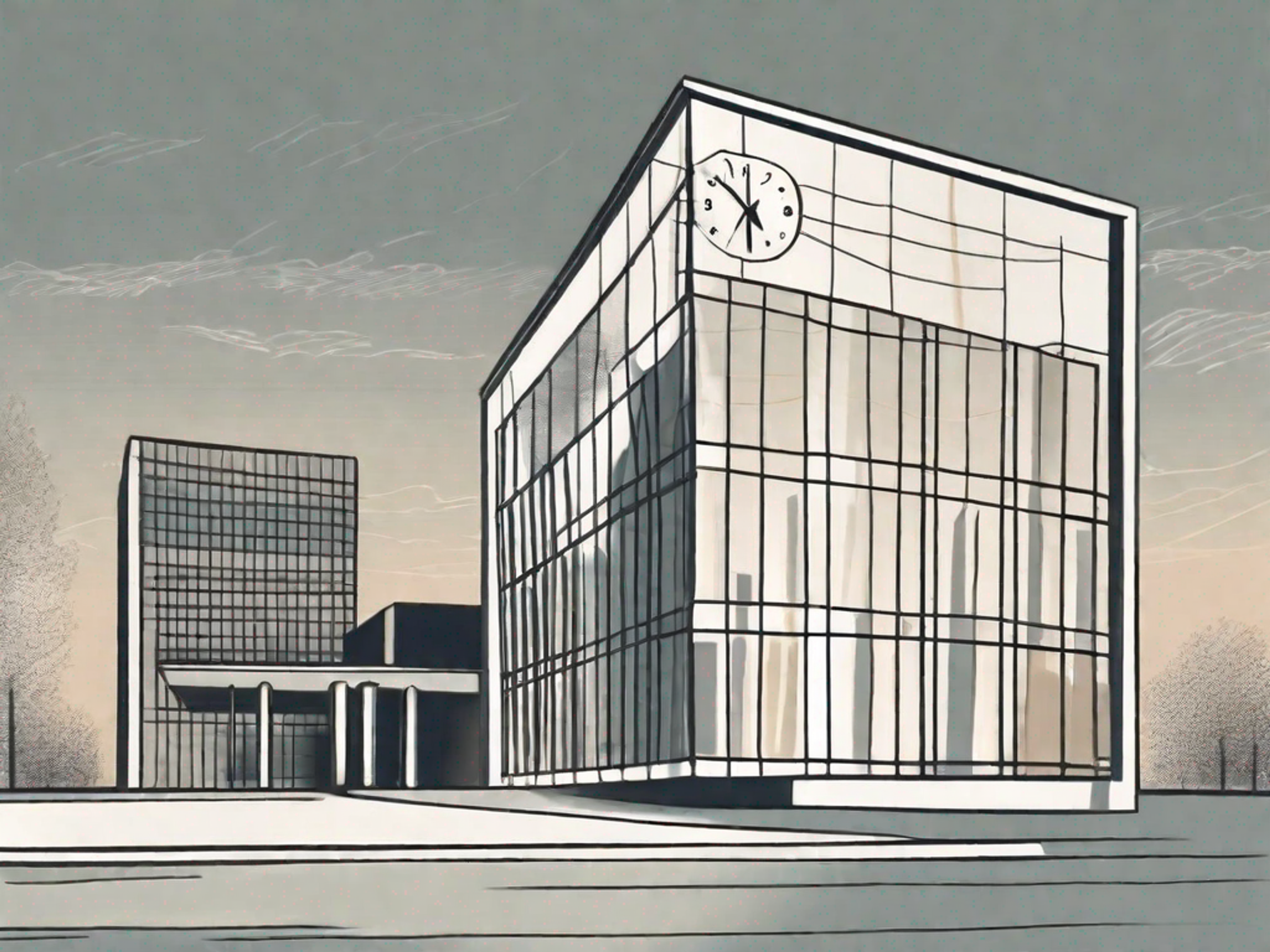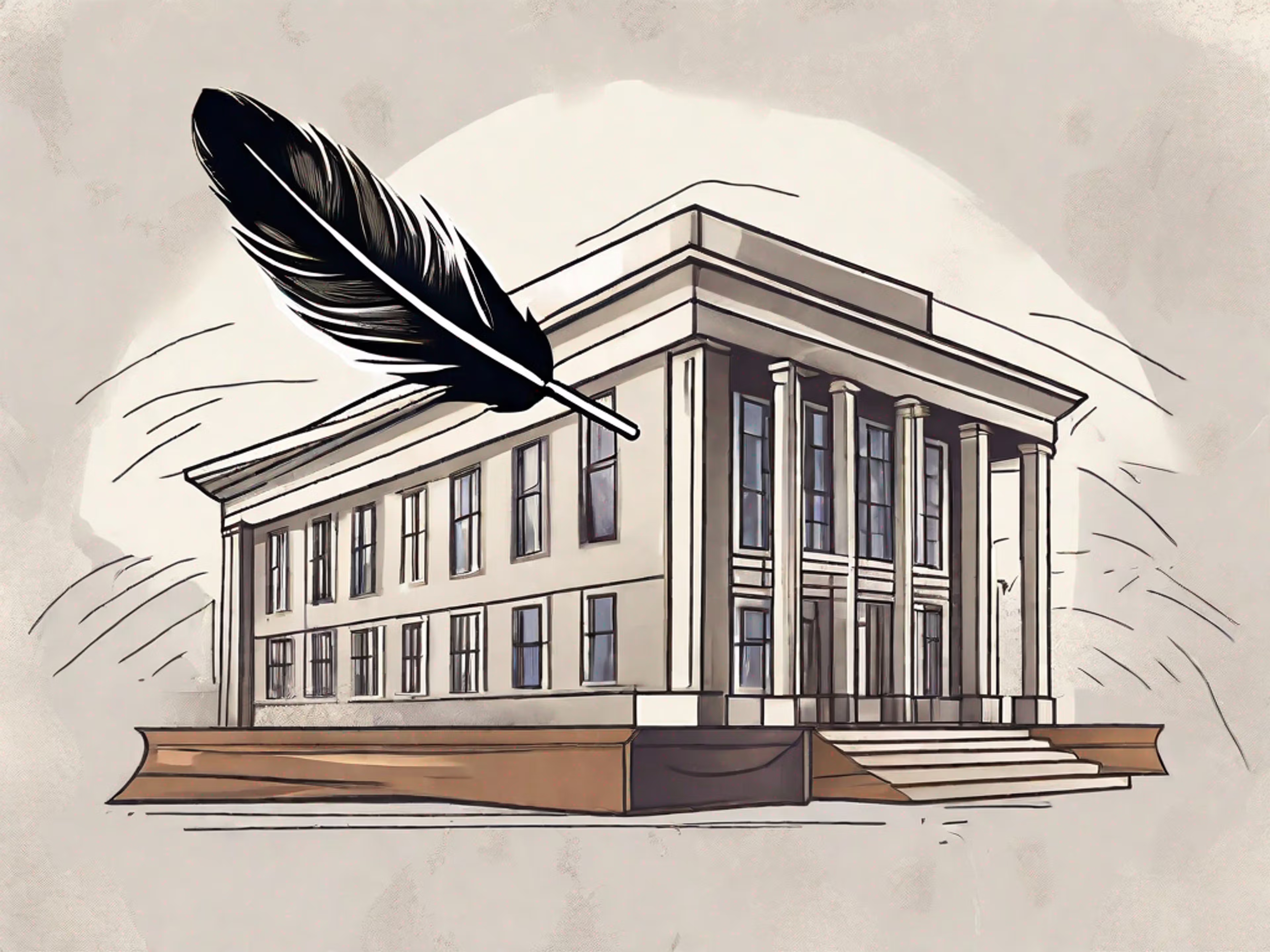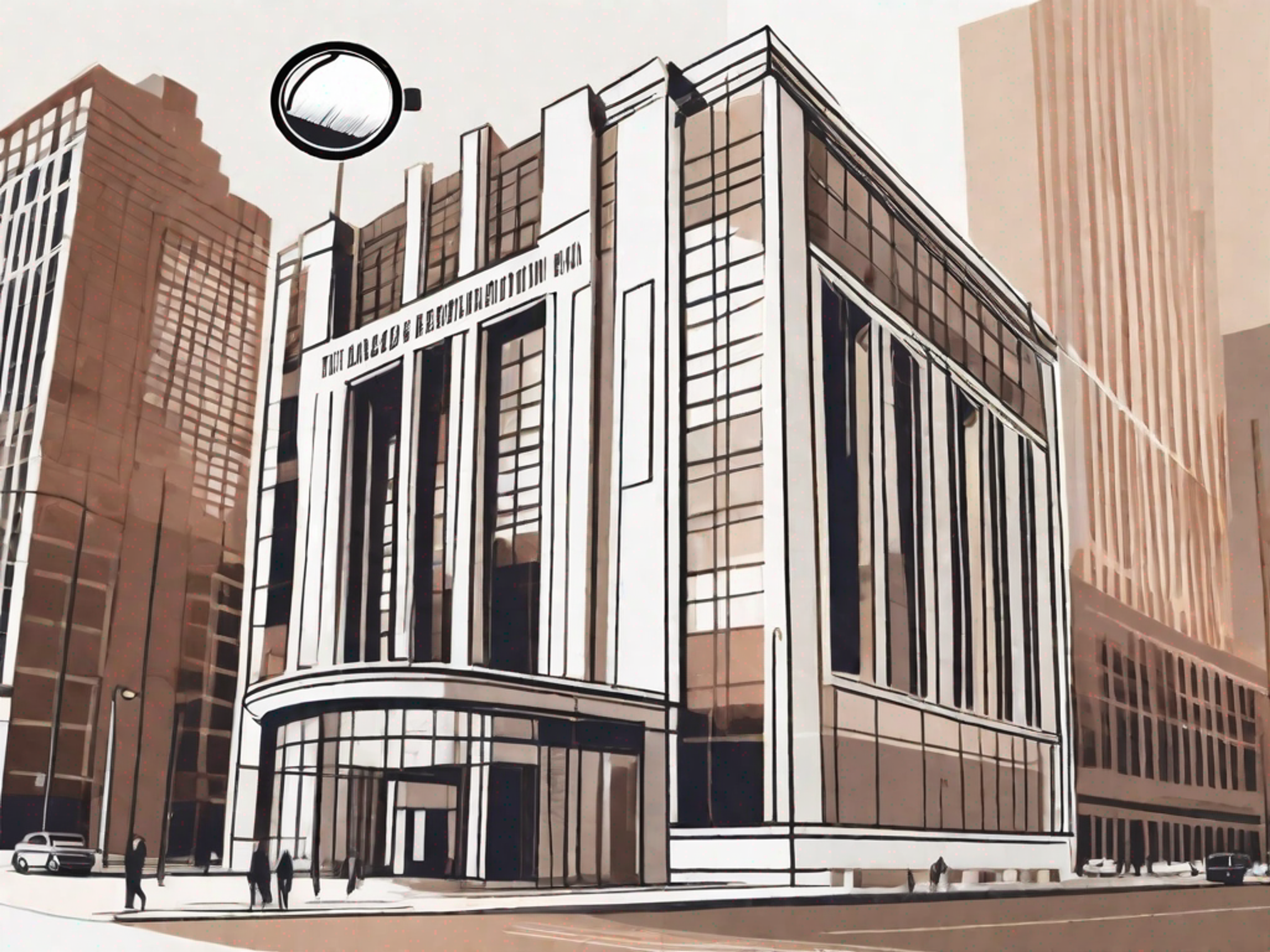
Table of Contents
The MBA waitlist can be a nerve-wracking experience for applicants to the USC Marshall School of Business. It often leaves candidates feeling uncertain about their chances of being accepted into the program. However, understanding the MBA waitlist process and implementing effective strategies can significantly increase your chances of being admitted. In this article, we will provide an overview of the MBA waitlist and dive into the USC Marshall MBA waitlist strategy, including tips for getting off the waitlist and frequently asked questions.
Overview of the MBA Waitlist and the Role it Plays in the Application
The MBA waitlist is a status given to applicants who are neither accepted nor rejected during the initial round of admission decisions. It serves as an indication that the admissions committee recognizes the potential of the candidate but wants to further assess their qualifications before making a final decision.
Being on the MBA waitlist means there is still hope for acceptance, but it requires proactive efforts from the applicant to demonstrate their continued interest and commitment. It is essential to note that the waitlist is not a guarantee of admission; it is merely an opportunity to strengthen your application.
When an applicant finds themselves on the MBA waitlist, it can be a mix of emotions. On one hand, there is still a chance of being admitted to the program, but on the other hand, it can be a period of uncertainty and waiting. However, being on the waitlist should not be seen as a setback, but rather as an opportunity to showcase your determination and dedication to the admissions committee.
While waiting for a final decision, it is crucial for applicants to take proactive steps to enhance their candidacy. This can include submitting updated information such as recent achievements, promotions, or additional coursework that highlights your commitment to personal and professional growth. It is also advisable to reach out to the admissions committee to express your continued interest in the program and to inquire about any additional materials they may require.
Moreover, being on the waitlist provides an opportunity for self-reflection and introspection. It allows applicants to evaluate their goals and motivations for pursuing an MBA, and to articulate how they can contribute to the program's community and culture. Taking the time to refine your personal statement and essays can make a significant difference in demonstrating your fit and potential as a future MBA student.
Additionally, applicants on the MBA waitlist can take advantage of networking opportunities. Connecting with current students, alumni, and faculty members can provide valuable insights into the program and demonstrate your genuine interest in becoming a part of the community. Attending information sessions, webinars, or campus visits can also help you gain a deeper understanding of the program's values and offerings, which can be reflected in your communication with the admissions committee.
It is important to remember that the waitlist process can be highly competitive, as the number of applicants vying for a limited number of spots can be significant. However, by taking proactive steps, demonstrating your continued interest, and showcasing your growth and potential, you can increase your chances of being admitted off the waitlist.
In conclusion, being on the MBA waitlist is not the end of the road but rather an opportunity to further strengthen your application. It requires proactive efforts, self-reflection, and networking to demonstrate your commitment and fit for the program. While the final decision rests with the admissions committee, your dedication and perseverance can make a significant impact on your chances of being admitted to the MBA program.
Marshall MBA Waitlist: Waitlist Rate, Process, Etc.
The waitlist rate for the USC Marshall MBA program varies each year, depending on factors such as the number of applicants and available spots in the incoming class. Marshall typically maintains a relatively small waitlist, which indicates that they carefully consider each candidate in the process.
Once placed on the MBA waitlist, applicants may be asked to submit additional materials or participate in an interview. The admissions committee evaluates waitlisted candidates based on factors such as academic achievements, work experience, leadership potential, and fit with the USC Marshall community.
It is crucial to remember that the waitlist process can be dynamic, with candidates being admitted throughout the admission cycle as spots become available. Therefore, it is essential to stay engaged and continue to demonstrate your interest in the program.
Tips for Getting Off of the MBA Waitlist: How to Increase Your Chance of Acceptance
To increase your chances of being accepted off the MBA waitlist at USC Marshall, consider the following strategies:
- Submit an updated letter of intent: Compose a letter expressing your continued interest in the program and highlighting any significant updates to your profile, such as promotions, awards, or additional coursework.
- Secure additional recommendation letters: If appropriate, you may ask individuals who can provide new insights into your qualifications to submit additional recommendation letters on your behalf.
- Visit the campus: Take advantage of any opportunities to visit the USC Marshall campus, attend information sessions, or engage with current students. This will help you gain a deeper understanding of the program and demonstrate your commitment.
- Connect with alumni or current students: Reach out to alumni or current students to learn more about their experiences at USC Marshall. This will not only provide valuable insights but also show your eagerness to be part of the community.
- Continue professional development: Engage in activities that enhance your professional skills and accomplishments. This could include attending conferences, pursuing certifications, or taking on leadership roles outside of work.
USC Marshall MBA Waitlist FAQs
1. Can I submit additional documents after being waitlisted?
Yes, USC Marshall allows waitlisted applicants to submit updated materials to strengthen their application. It is recommended to provide any significant updates or achievements rather than overwhelming the admissions committee with unnecessary information.
2. Should I write a new personal statement?
If you feel that your previous personal statement does not fully reflect your qualifications or could be improved, you may consider submitting a new one. However, it is essential to ensure that the revised statement adds value and highlights new aspects of your profile.
3. Can I contact the admissions office for feedback?
While it is generally not advisable to request feedback on your application while being waitlisted, you can certainly reach out to the admissions office to express your continued interest in the program and ask any specific questions you may have about the process.
4. Is visiting the campus necessary during the waitlist period?
Visiting the USC Marshall campus is not mandatory but highly recommended. It allows you to connect with the community and demonstrate your dedication to the program. If an in-person visit is not possible, explore virtual campus tours or attend online information sessions.
5. How long will I remain on the waitlist?
The duration of time spent on the waitlist varies for each candidate. USC Marshall typically provides updates to waitlisted applicants periodically throughout the admission cycle. It is crucial to stay patient and continue to showcase your commitment to the program.
By implementing these strategies and staying engaged throughout the MBA waitlist process, you can enhance your chances of being accepted off the waitlist at the USC Marshall School of Business. Remember to maintain a positive attitude, and use this opportunity to showcase your enthusiasm for the program. Good luck!



















